Row Crops
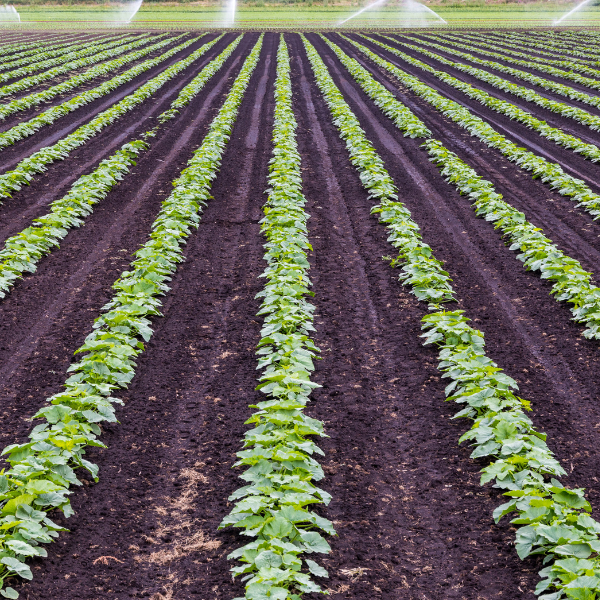
Remediating soil after heavy synthetic chemical use is a challenging but achievable goal for farmers transitioning to USDA Certified Organic practices. The process involves rebuilding soil health, restoring microbial activity, and managing pests, weeds, and diseases using organic-approved inputs while adhering to USDA National Organic Program (NOP) regulations.
Below, is a starting list of USDA Certified Organic inputs for herbicides, pesticides, and fungicides that can support soil remediation and ongoing organic management. These suggestions are based on common organic practices and NOP guidelines, keeping in mind that soil testing (for nutrient levels, pH, organic matter, and residual chemicals) will refine your approach.
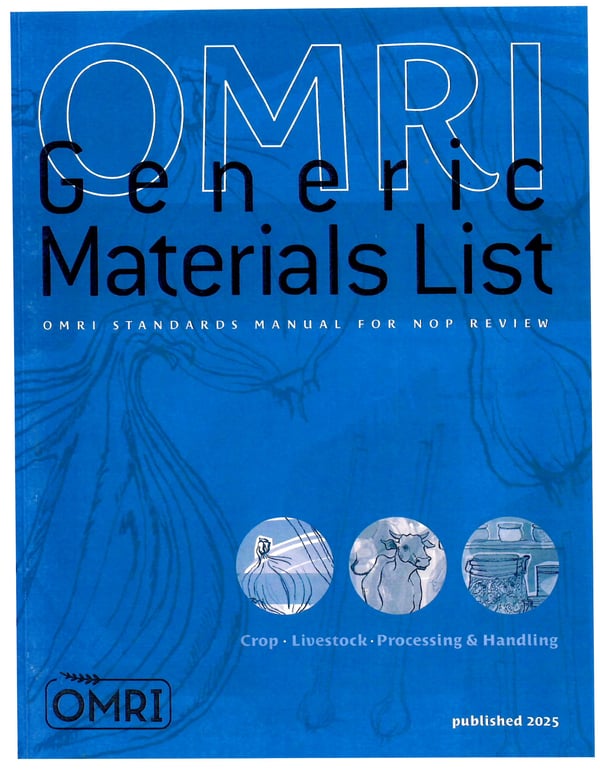
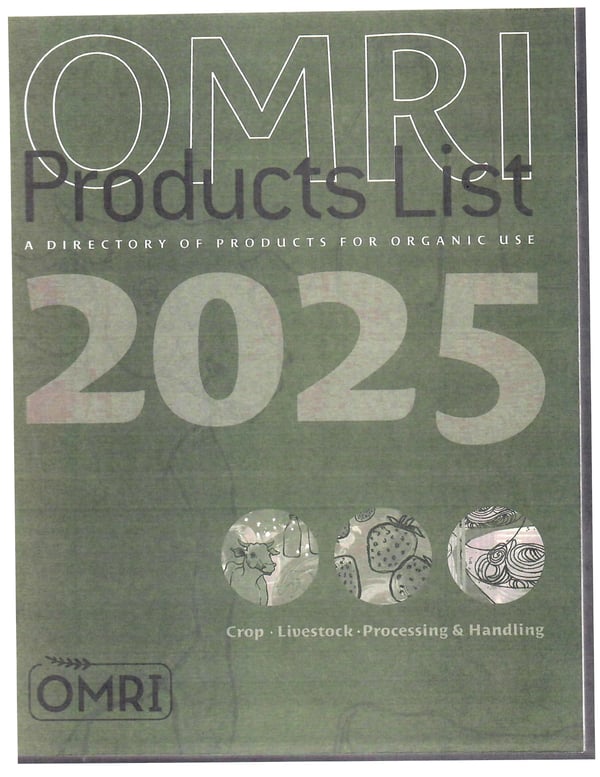
USDA Certified Organic Inputs
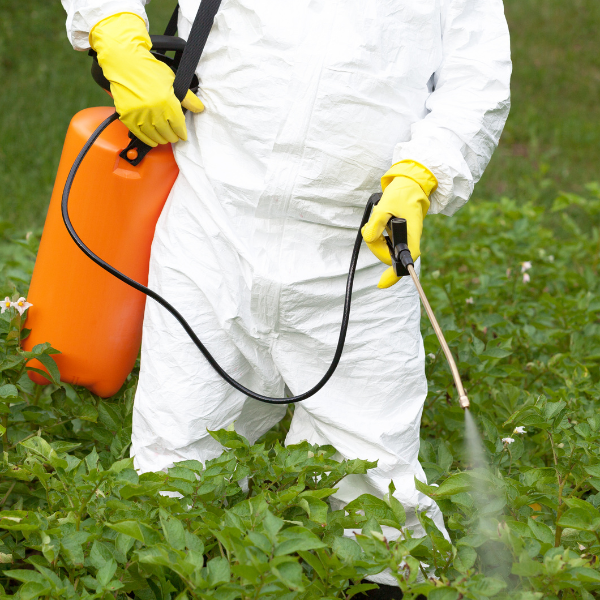
Herbicides
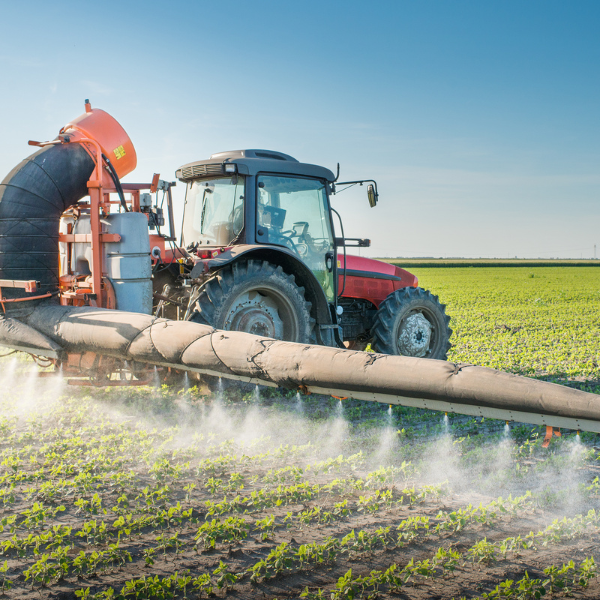
Pesticides
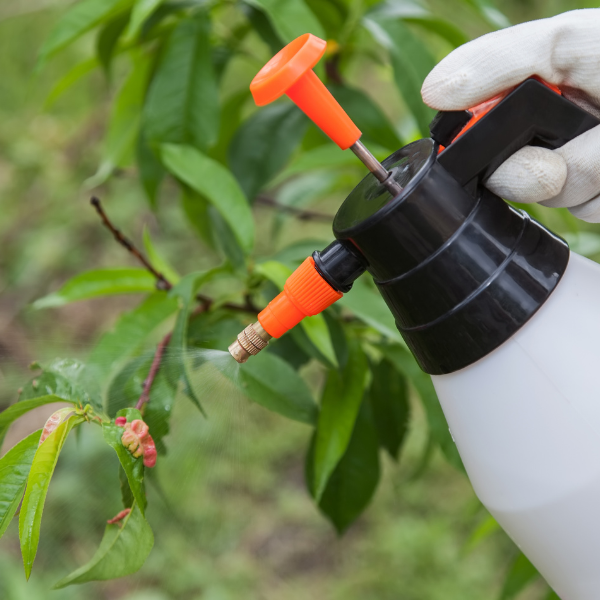
Fungicides
Herbicides
Organic herbicides are limited because weed management in organic systems prioritizes prevention (e.g., mulching, cover cropping, minimal depth tillage). Approved herbicides are non-selective, contact-based, and degrade quickly, minimizing soil impact. They’re useful for spot treatments during remediation to control weeds without synthetic residuals.
Acetic Acid (Vinegar-Based Herbicides)
- Use: High-strength vinegar (10-20% acetic acid) burns weed foliage on contact. Effective for young, annual weeds.
- Remediation Role: Controls weeds during cover crop establishment, allowing soil-building plants to take hold without synthetic herbicide residues.
- Considerations: Non-selective; avoid crop contact. Repeated applications may lower soil pH slightly, so monitor with soil tests.
- Example Products: OMRI-listed vinegar herbicides (e.g., Weed Pharm).
- Use: Burns weed tissue, often combined with essential oils (e.g., clove oil). Targets broadleaf weeds and grasses.
- Remediation Role: Helps clear weed pressure in fallow fields or between cover crop cycles, supporting soil recovery without persistent chemicals.
- Considerations: Non-selective; best for spot treatments. Minimal soil impact but expensive for large areas.
Clove Oil or Eugenol-Based Herbicides
- Use: Contact herbicide for annual weeds, disrupts plant cell membranes.
- Remediation Role: Clears small weeds during soil-building phases (e.g., before planting legumes). Breaks down quickly, supporting microbial activity.
- Considerations: Non-selective; avoid beneficial plants. Costly for broad use.
- Example Products: BurnOut Weed & Grass Killer.
Corn Gluten Meal
- Use: Pre-emergent herbicide, inhibits weed seed germination (e.g., crabgrass, dandelions).
- Remediation Role: Adds nitrogen to soil while suppressing weeds, aiding fertility during transition. Safe for established cover crops.
- Considerations: Timing-critical; ineffective on established weeds. High application rates needed.
- Example Products: OMRI-listed corn gluten products (e.g., Concern Weed Prevention Plus).
- Remediation Note: Herbicides play a minor role in organic soil recovery. Focus on cover crops (e.g., rye, clover) and mulches to outcompete weeds and add organic matter. Residual synthetic herbicides like glyphosate may persist for months, so test soil for residues (e.g., via bioassays or lab analysis) to gauge degradation.
Pesticides (Insecticides)
Organic insecticides target pest insects while preserving beneficials (e.g., pollinators, predators). They’re used sparingly to avoid disrupting soil ecosystems recovering from synthetic pesticide damage.
Neem Oil
- Use: Derived from neem tree seeds, repels and disrupts insect feeding/breeding (e.g., aphids, whiteflies).
- Remediation Role: Low soil impact; supports beneficial insect populations during transition. Encourages biodiversity as soil microbes recover.
- Considerations: Broad-spectrum; use selectively to avoid harming non-target insects. Apply in evening to protect pollinators.
Pyrethrins
- Use: Natural compounds from chrysanthemum flowers, knock down a wide range of insects (e.g., beetles, caterpillars).
- Remediation Role: Breaks down rapidly (hours to days), minimizing soil disruption. Useful for pest flares during early cover crop growth.
- Considerations: Broad-spectrum; toxic to beneficials like bees if misapplied. Use as a last resort.
- Example Products: OMRI-listed pyrethrin sprays (e.g., PyGanic).
Spinosad
- Use: Derived from soil bacteria, controls chewing insects (e.g., caterpillars, thrips).
- Remediation Role: Low persistence in soil, safe for recovering microbial communities. Targets specific pests during crop establishment.
- Considerations: Toxic to bees when wet; apply at dusk. Resistance possible with overuse.
- Example Products: OMRI-listed Spinosad (e.g., Monterey Garden Insect Spray)
Bacillus thuringiensis (Bt)
- Use: Bacterial toxin targeting caterpillars and larvae (e.g., corn borers, loopers).
- Remediation Role: Highly specific, no soil residue issues. Supports pest control while soil rebuilds with compost and cover crops.
- Considerations: Only affects targeted pests; safe for beneficials. Requires ingestion by larvae.
- Example Products: OMRI-listed Bt products (e.g., Dipel DF).
- Remediation Note: Synthetic pesticides (e.g., organophosphates) can suppress soil microbes for years. Apply compost teas or inoculants (e.g., mycorrhizal fungi) alongside insecticides to boost microbial recovery. Encourage beneficial insects with habitat (e.g., wildflower strips) to reduce pesticide needs.
Fungicides
Organic fungicides manage soil-borne and foliar diseases, critical in soils recovering from synthetic fungicide overuse, which can disrupt fungal networks.
Copper-Based Fungicides (e.g., Copper Sulfate, Copper Hydroxide)
- Use: Controls fungal and bacterial diseases (e.g., blight, downy mildew) on crops.
- Remediation Role: Effective for foliar diseases during transition, but use sparingly to avoid copper buildup, which can harm soil microbes.
- Considerations: NOP restricts application to prevent soil accumulation; monitor via soil tests. Not for routine use.
- Example Products: OMRI-listed copper fungicides (e.g., Bonide Copper Fungicide).
Sulfur-Based Fungicides
- Use: Manages powdery mildew, rust, and other fungi on crops.
- Remediation Role: Low soil persistence; safe for recovering ecosystems if used judiciously. Helps protect cover crops from disease.
- Considerations: Can harm beneficial insects or soil pH if overapplied. Avoid during high temperatures.
- Example Products: OMRI-listed sulfur dusts (e.g., Safer Brand Garden Fungicide).
Potassium Bicarbonate
- Use: Alters pH to control fungal growth (e.g., powdery mildew, botrytis).Remediation Role: Minimal soil impact; supports healthy crop establishment without disrupting microbial recovery.
- Considerations: Foliar use only; safe for most crops. May require frequent applications.
- Example Products: OMRI-listed potassium bicarbonate (e.g., Milstop).
Bacillus subtilis
- Use: Beneficial bacterium suppresses soil and foliar pathogens (e.g., Fusarium, Rhizoctonia).
- Remediation Role: Enhances soil microbial diversity, directly aiding remediation. Outcompetes harmful fungi in recovering soils.
- Considerations: Apply as soil drench or foliar spray. Works best preventatively.
- Example Products: OMRI-listed B. subtilis products (e.g., Serenade Garden).
- Remediation Note: Synthetic fungicides (e.g., chlorothalonil) can persist in soil, inhibiting mycorrhizal fungi. Inoculate with organic compost or biochar to restore fungal networks. Rotate crops to break disease cycles and reduce fungicide reliance.
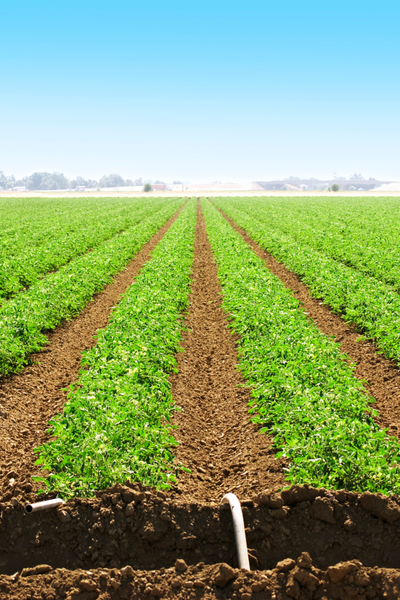
Additional Remediation Strategies
While inputs are helpful, organic soil remediation hinges on cultural practices to rebuild structure and biology:
- Compost and Manure: Apply well-aged, organic-certified compost to boost organic matter and microbes. Aim for 5-10 tons/acre initially, based on soil tests.
- Cover Crops: Plant mixes (e.g., rye, vetch, buckwheat) to fix nitrogen, break up compacted soil, and outcompete weeds. Deep-rooted species (e.g., daikon radish) help degrade residues.
- Biochar: Incorporate to bind residual chemicals and improve soil structure. Use 1-5 tons/acre, depending on soil needs.
- Crop Rotation: Alternate crops to disrupt pest and disease cycles, enhancing soil resilience.
- Reduced Tillage: Minimize disturbance to preserve recovering microbial networks, though initial tillage may help incorporate organic matter.
Practical Considerations
- Soil Testing: Before applying inputs, test for pH, nutrients (N-P-K), organic matter, and residual pesticides (e.g., glyphosate, atrazine). Labs like Cornell or A&L Labs offer comprehensive panels. Residuals may delay certification, as NOP requires a 3-year transition period post-synthetic use.
- Input Approval: Check all products against the OMRI Products List or with your certifier. Some “natural” inputs (e.g., certain soaps) may not be allowed.
- Integrated Pest Management (IPM): Prioritize prevention (e.g., row covers, trap crops) over inputs to reduce costs and soil stress.
- Monitoring: Regularly scout for pests, weeds, and diseases to time inputs precisely, minimizing overuse.
Starting Point for Planning
For a heavily impacted field, begin with:
- Soil Test: Identify chemical residues and nutrient deficiencies.
- Cover Crop: Plant a mix (e.g., clover, rye) to smother weeds and build soil.
- Compost: Apply to jumpstart microbial activity.
- Spot Treatments: Use acetic acid or neem oil for early weed/pest issues; B. subtilis for soil pathogens.
- Monitor and Adjust: Re-test soil after 6-12 months to track remediation.
The inputs listed—acetic acid, neem oil, B. subtilis, etc.—are starting points to manage weeds, pests, and diseases while supporting soil recovery. However, remediation is less about inputs and more about rebuilding a living soil ecosystem through compost, cover crops, and biodiversity. Synthetic chemical residues (e.g., glyphosate) may take 1-3 years to degrade, depending on soil type and climate, so patience is key. Work with a local organic consultant or extension service to tailor inputs post-soil testing, and document all practices for USDA certification.
